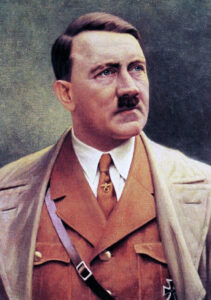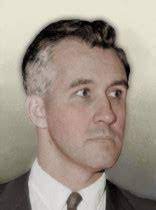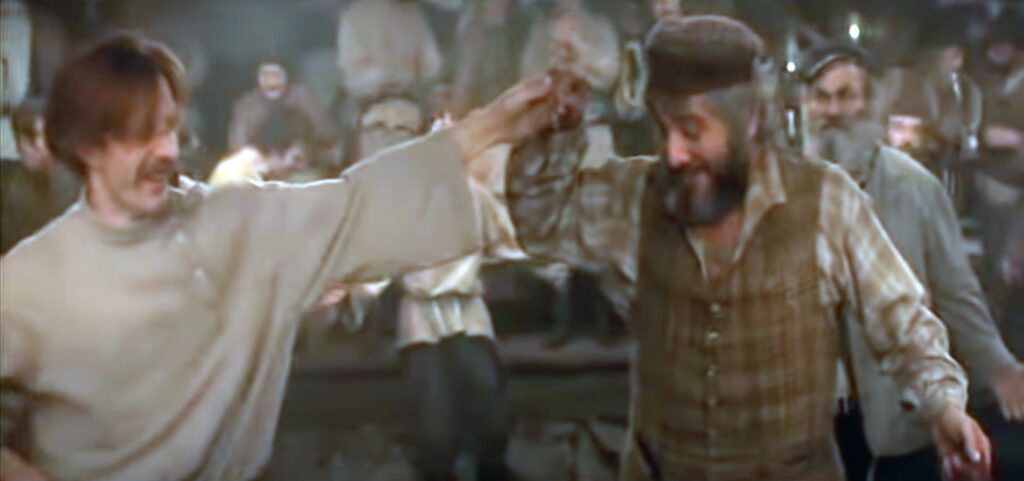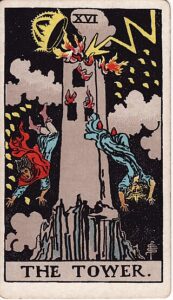The heart of the mainland
The interior spaces of the Russian Empire and Mongolia are so immense, and their potential in population, wheat, cotton, fuel and metals so incalculably great, that it is inevitable that a vast economic world, more or less remote, should develop there, inaccessible to oceanic commerce.
—Halford J. Mackinder
TABLE OF CONTENTS
Part One
Introduction
Endorheic basins and the importance of river systems
What is heartland?
A brief history of the heartland
Prehistoric times
Antiquity
Middle Ages: Pax Mongolica
Ancient Regime: Cossacks and Tsars
Telluric Socialisms
The Cold War
Globalisation
Part Two
The red banana
The heartland theory
The world according to Mackinder
Extension of the Heartland and the importance of Eastern Europe
Germany according to Mackinder—Realpolitik, Kultur, Weltanschauung, the Munich School and Haushofer’s Geopolitik
Is the heartland theory obsolete?
Are there other heartlands?
The Arab heartland Nejd and the Devil’s horn
The African heartland
The Cerrado in Brazil has the heartland of South America
The Great Basin and other North American heartlands
Castilla la Vieja is the heartland of Spain
Part Three
The manpower theory globalisation against the white race
The struggle for the human mind: The human being as a battlefield
The rebellion of the Earth: dismembering the world ocean is widening heartland
Big Time versus Big Space
Potentials for Heartland: A new world, or the empire of closed land
Genesis of Atlanticism
The closed commercial state: Autarchy vs. globalisation
The Cossack example and the geopolitical and social importance of armed forces
New Vikings and Cossacks for Eurasia: the need for a demographic reproductive and ethnic biopolitics for the heartland
Spain in the context of the heartland from Iberia to Siberia





